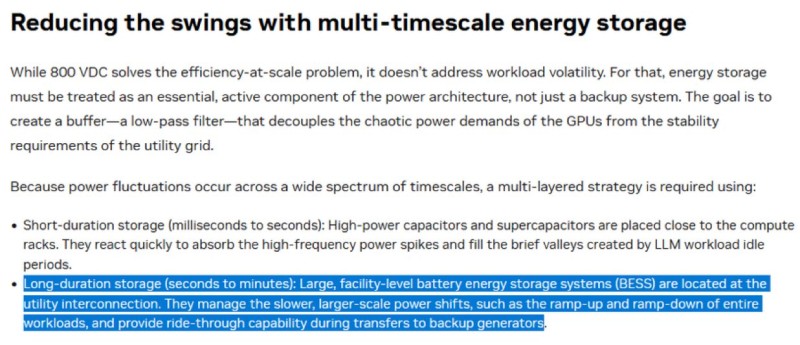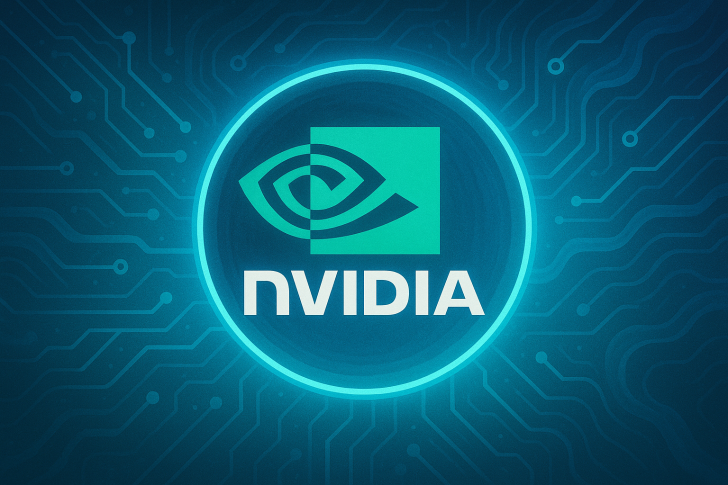NVIDIA (NVDA) has repositioned energy storage as a core component of AI data center operations. The company recently emphasized that long-duration battery systems have evolved beyond backup power into essential infrastructure for managing the volatile demands of large-scale GPU deployments. This shift is drawing significant attention to companies like Eos Energy Enterprises ($EOSE) that manufacture the storage solutions NVIDIA identifies as necessary.
Why Energy Storage Matters for AI Growth
Trader Shay Boloor noted that NVIDIA stressed a key limitation: while advanced architectures like 800 VDC improve power scaling, they don't address workload volatility. AI GPUs create unpredictable demand patterns with sharp spikes and drops, requiring data centers to deploy active buffer systems that separate GPU consumption from direct grid dependence.

NVIDIA's approach outlines a dual-layer storage model. High-power capacitors and supercapacitors positioned near compute racks handle millisecond-to-second fluctuations, smoothing rapid spikes. Meanwhile, facility-scale battery energy storage systems at utility interconnection points manage slower, larger shifts spanning seconds to minutes, including the ramp-up and ramp-down of entire workloads while providing ride-through capacity during generator transfers.
Market Reaction to the Shift
The market appears to be connecting NVIDIA's infrastructure focus directly to EOSE's product offering. Recent price action shows buyers entering near established lows, suggesting accumulation, while sellers maintain pressure at previous rally peaks, creating resistance levels that must be broken for sustained upward movement. Volume surges align with major energy storage announcements, highlighting the stock's sensitivity to infrastructure developments.
Why This Represents an Opportunity
The AI revolution extends beyond semiconductors into the power systems that sustain them. With GPUs demanding massive, fluctuating loads, NVIDIA is signaling that industry growth hinges on battery partners capable of demand stabilization. EOSE's zinc-based long-duration systems address this requirement directly. Unlike lithium alternatives built for short cycling, EOSE batteries are engineered for multi-hour balancing, precisely matching NVIDIA's stated specifications.
 Eseandre Mordi
Eseandre Mordi

 Eseandre Mordi
Eseandre Mordi


